Gaujillo Chile: Spicy Secrets, Savory Tips & Surprising Uses!
Ever bitten into a dish and thought, "What is that fruity, tangy heat?" You might just have tasted the magic of the gaujillo chile. This unsung hero of Mexican cuisine deserves way more credit than it usually gets. In this post, we’ll uncover everything from its fiery flavor profile to smart storage tricks — and yes, even how to use it in ways you’ve probably never considered.
Table of Contents
- What Is Gaujillo Chile?
- Heat Level and Flavor Profile
- Common Uses in Global Spice Traditions
- Top 5 Cooking Tips for Using Gaujillo Chile
- Storage Hacks for Longer Shelf Life
- Gaujillo vs. Other Dried Chiles: A Visual Comparison
- Beyond Salsas: Creative Ways to Use Gaujillo Chile
- Summary
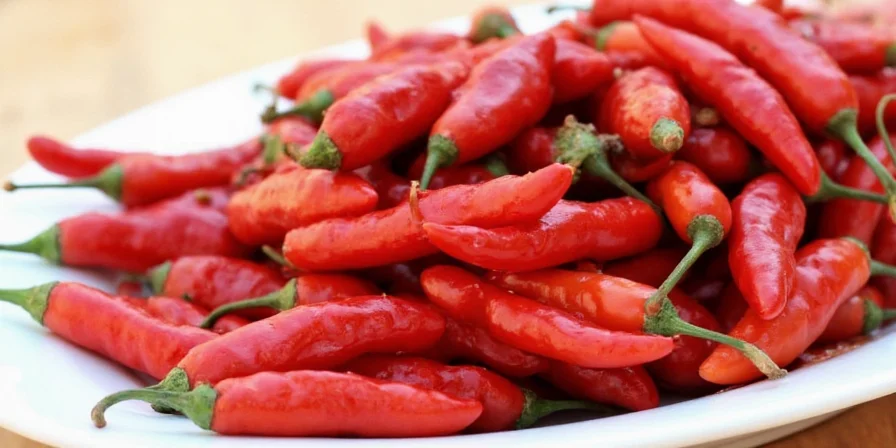
What Is Gaujillo Chile?
The gaujillo chile (Capsicum annuum) is a dried form of the mirasol pepper and plays a starring role in traditional Mexican cooking. It’s often overshadowed by the more popular ancho or guajillo (note: similar spelling but different chile!), but trust us — once you get to know it, it becomes your go-to spice.
Native to Mexico, particularly the northern regions, gaujillo is commonly found in dishes like enchiladas, tacos al pastor, and red sauces for tamales. It’s long, slender, and usually a deep reddish-brown color when dried. Its skin is slightly wrinkled, giving it a rustic charm that matches its bold flavor.
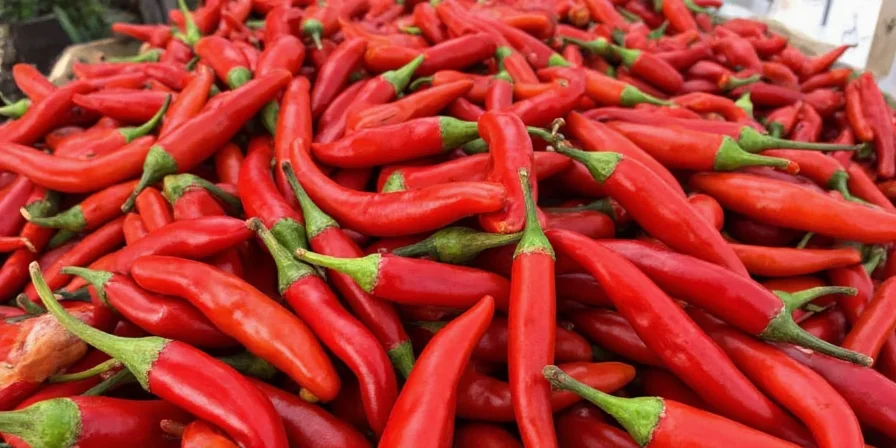
Heat Level and Flavor Profile
If you’re wondering if the gaujillo chile will set your mouth on fire, don’t worry — it’s not that kind of party crasher. With a Scoville Heat Unit (SHU) rating of around 2,500 to 5,000, it sits comfortably between mild and medium heat.
But what really makes it special isn’t just the heat — it’s the complex flavor. Here's a quick breakdown:
- Fruity: Think raisins and plums
- Vinegary: Tangy notes reminiscent of sun-dried tomatoes
- Earthy: Mild herbal tones
- Slightly Sweet: Adds depth without overpowering
So… Is Gaujillo the Same as Guajillo?
Nope! While they sound similar, they are two different peppers altogether. The gaujillo has a thinner skin and a more pronounced tanginess compared to the sweeter guajillo (yes, spelled with an 'i'). So be careful not to mix them up unless you want your mole sauce to taste like a surprise road trip gone wrong.
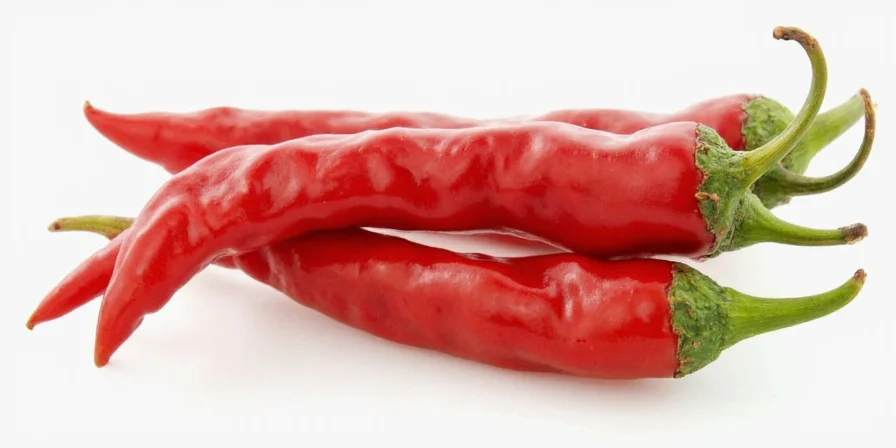
Common Uses in Global Spice Traditions
The gaujillo chile may be Mexican at heart, but its influence stretches far beyond tacos and salsas. In global spice traditions, it’s used both ground and whole in various forms:
- Mexico: Used in adobo sauces, moles, marinades, and soups
- Southwestern U.S.: Popular in chili rubs and Tex-Mex dishes
- Spain: Sometimes included in smoked paprika blends for a fruity twist
- Asia: Occasionally blended into chili oils or paste-based sauces for added depth
Top 5 Cooking Tips for Using Gaujillo Chile
- Toast Before Using: Lightly toast the chiles in a dry skillet for about 30 seconds per side. This unlocks their aroma and mellows out any bitterness.
- Rinse and Soak: Remove seeds and stems, then soak in hot water for 20–30 minutes until soft. This makes blending easier and reduces bitterness.
- Blend with Complementary Flavors: Pair with garlic, cumin, vinegar, and citrus to highlight its tangy side.
- Add to Stews or Braises: Toss one or two soaked chiles into slow-cooked dishes for subtle background heat and flavor.
- Use in Marinades: Puree with oil, lime juice, herbs, and spices for a zesty meat or vegetable marinade.
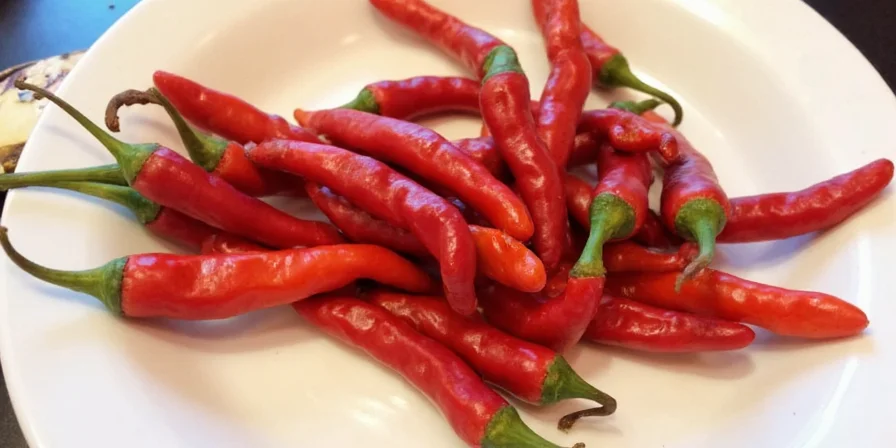
Storage Hacks for Longer Shelf Life
Gaujillo chiles can last months — even years — if stored properly. Here’s how to keep them fresh:
- Dry Storage: Keep in an airtight container away from sunlight and moisture. Whole dried chiles last up to a year this way.
- Freezing: Place in a zip-top bag and freeze for up to 2 years. Perfect if you buy in bulk.
- Ground Powder: Grind into powder using a spice grinder. Store in a cool, dark place in a sealed jar — lasts about 6 months before losing potency.
- Oil Infusion: Make gaujillo-infused oil by steeping whole chiles in olive oil. Great for drizzling over roasted veggies or grilled meats.
Gaujillo vs. Other Dried Chiles: A Visual Comparison
| Chile Type | Heat Level (SHU) | Flavor Notes | Best For |
|---|---|---|---|
| Gaujillo | 2,500 – 5,000 | Fruity, tangy, earthy | Salsas, marinades, moles |
| Ancho | 1,000 – 2,000 | Sweet, smoky, berry-like | Red sauces, desserts |
| Guajillo | 2,500 – 5,000 | Sweet, floral, tea-like | Tamales, sopes |
| Chipotle | 5,000 – 10,000 | Smoky, woody | Stews, adobo |
| Pasilla | 2,500 – 4,000 | Grassy, raisin-like | Mole, braised dishes |
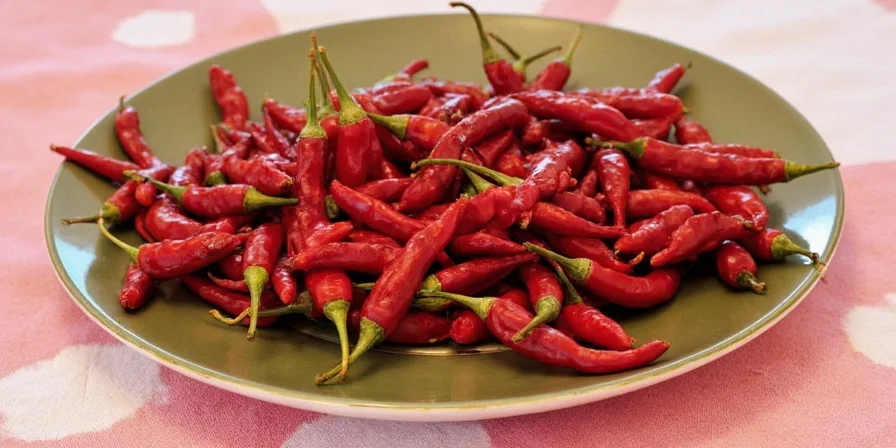
Beyond Salsas: Creative Ways to Use Gaujillo Chile
Ready to break free from the same old salsa routine? Try these innovative ideas:
- Gaujillo Chocolate Bark: Melt dark chocolate and sprinkle finely chopped toasted gaujillo chiles on top. Chill and enjoy a spicy-sweet treat.
- Spiced Popcorn: Blend gaujillo powder with butter and drizzle over popcorn for a movie-night snack that packs a punch.
- Infused Honey: Let whole gaujillo chiles steep in honey for a few weeks. Drizzle over cheese, fruit, or grilled meats for a surprising flavor boost.
- Gaujillo Rub for Grilled Veggies: Mix with olive oil, salt, and smoked paprika for a rub that elevates eggplant, zucchini, or bell peppers.
- Homemade Hot Sauce: Combine soaked gaujillos with garlic, apple cider vinegar, and a bit of agave syrup for a balanced homemade hot sauce.
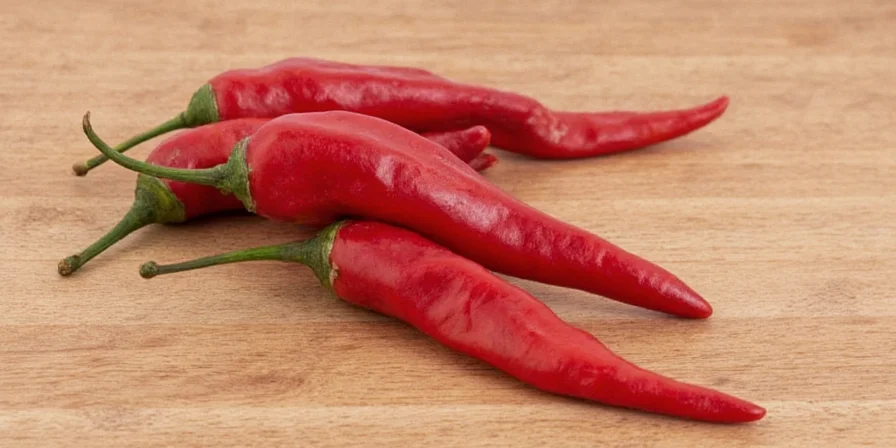
Summary
Whether you're new to the world of dried chiles or a seasoned spice explorer, the gaujillo chile deserves a spot in your pantry. From its unique flavor profile to its versatile uses in both traditional and creative recipes, there’s no shortage of reasons to fall in love with this humble pepper.
Remember to toast it, soak it, and store it right — and above all, have fun experimenting with how it enhances your cooking. Whether it's adding a whisper of heat to your morning eggs or taking center stage in a fiery marinade, gaujillo brings warmth, depth, and character to every bite.
So next time you’re at the spice aisle or planning your next recipe, don’t overlook this flavorful gem. Your taste buds — and your guests — will thank you!

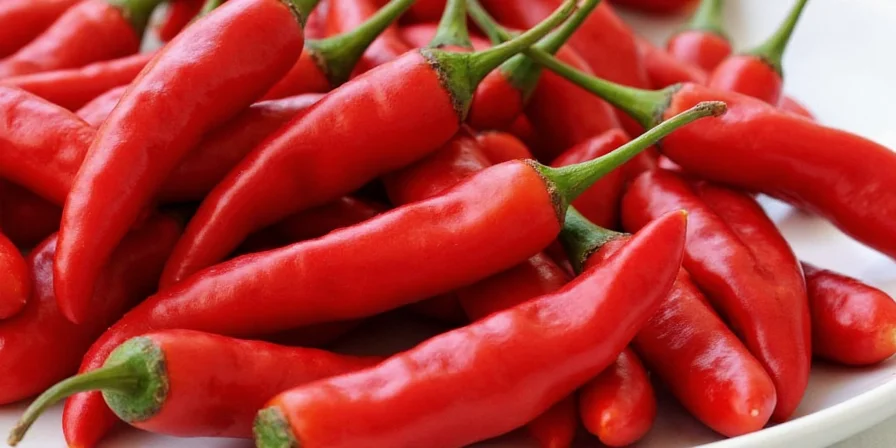









 浙公网安备
33010002000092号
浙公网安备
33010002000092号 浙B2-20120091-4
浙B2-20120091-4